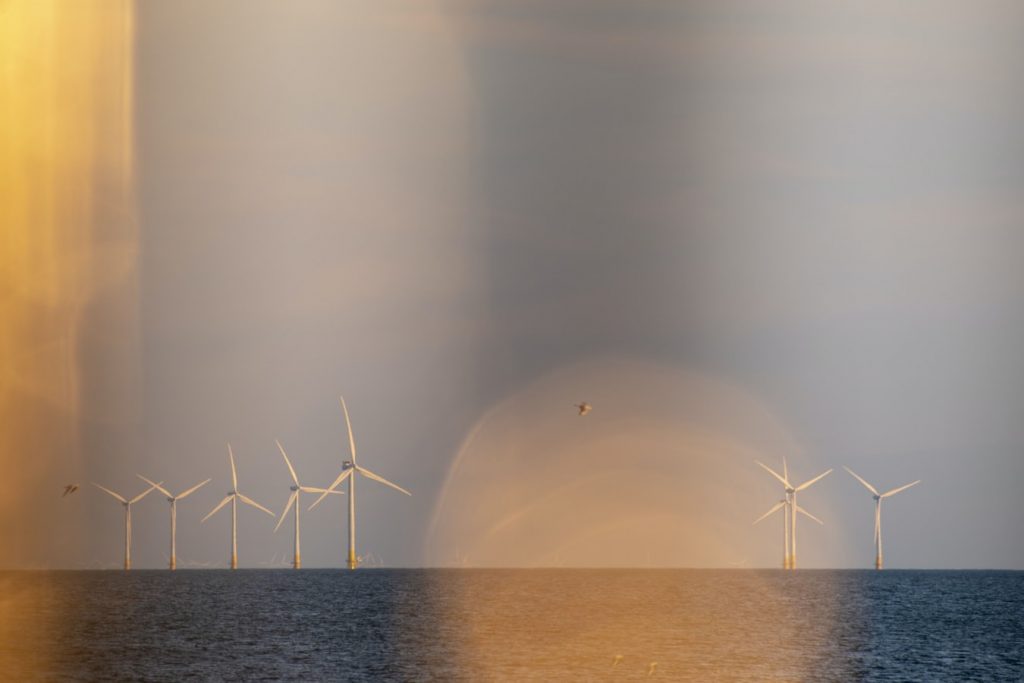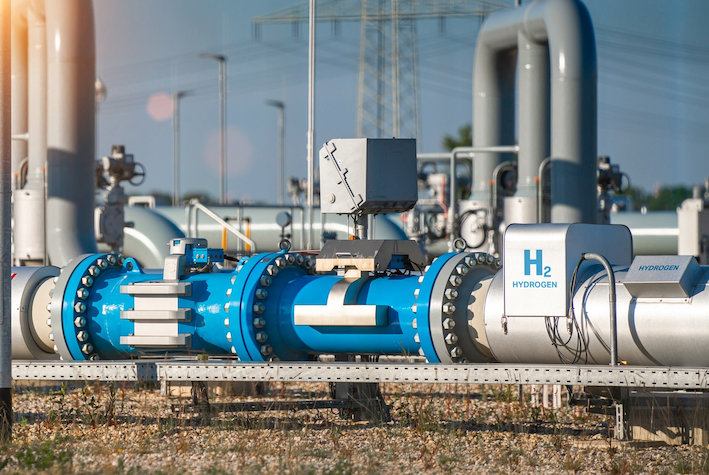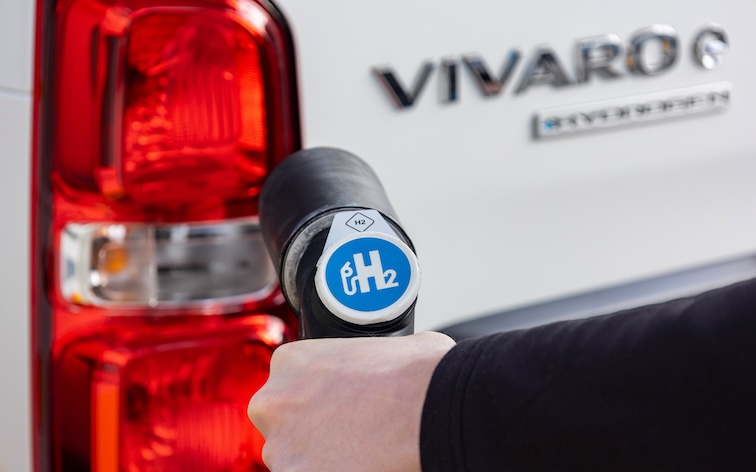With countries embracing renewable energy as the pathway to net zero emissions, clean energy plans are sweeping across the globe.
Ryse Hydrogen have always championed a mix of renewable energy sources if we are to reach our emissions targets.
The implications for the global economy are immense. As the UK’s enthusiasm for green finance and renewable energy continues into the new year, 2021 is shaping up to be a game-changer.
Here are our clean energy trends, creating jobs, boosting the economy, striving towards net zero and transforming the energy industry.
Green Hydrogen
Most of the world’s hydrogen being made and used right now is ‘grey’. This is the cheapest option, a by-product produced using natural gas. However, as renewable energy and clean hydrogen technology prices fall, and with gas prices forecast to rise significantly this is the decade that will see green hydrogen production rise significantly, playing a key role in the clean energy landscape.
When Boris Johnson announced his 10 point green recovery plan Hydrogen was in the spotlight. The plan proposes to generate 5GW of low carbon hydrogen production capacity by 2030. Providing enough to power about 1.5 million homes and also be used to decarbonise transport, industry, and heating. It is widely recognised that the UK government need to release a UK Hydrogen Strategy, along with deeper commitment to Hydrogen generally. Countries like Australia, Germany, Norway and Japan have had their strategies underway for some time.
Ryse Hydrogen is building the U.K.’s first network of green hydrogen production plants, creating green jobs and supporting vital progress towards Net Zero. Ryse supplies organisations operating heavy duty and long range fleets, seeking a simple and affordable conversion to green hydrogen.
Tidal
Europe holds around 30% of global tidal resources, with most of it is along U.K. coastlines, yet Tidal power is a hugely underdeveloped in the UK. The UK’s coastlines have 35% of its wave energy and 50% of Europe’s tidal energy. The global market could grow to £76 billion by 2050 if the UK grasped the natural benefits of being surrounded by ocean. By nature, both wave and tidal are predictable and consistent power sources that can help balance other renewable energy generators.
Offshore Wind
Offshore wind electricity generation will rise again in 2021. 30% of the UK’s electricity was generated by wind power in Q1 of 2020. The Prime Minister recently committed £160 million towards wind power and pledged that “offshore wind will be powering every home in the country” within a decade. This commitment however is insignificant considering the private investments pushing wind to the top of the energy generation pile in the UK. More than £20bn has gone into offshore wind in the UK since 2016. This represents massive progress towards net zero, energy stability and job creation.

Offshore wind can supply the renewable energy needed to make green hydrogen.
Bioenergy
Bioenergy is the production of electricity from organic matter, transport fuels and carbon-neutral gas. Bioenergy made up 11.3% of UK power generation in 2019 and 16.7% of capacity according to BEIS. After wind power Bioenergy is the second biggest clean power generator in there UK. As part of the combined effort in reaching net zero by 2050 Bioenergy will therefore be crucial. The biomass industry is worth £6.5bn to the UK economy and sustains 46,000 jobs, whilst providing a 4% reduction in greenhouse gas emissions.
Solar
The UK is the sixth-largest worldwide solar power generator, and the third-largest among the EU member states. Private investors continue to grow the industry as solar hasn’t received much government support. As solar technology continues to advance rapidly solar will become less expensive and more efficient.

The U.K. is the sixth largest solar power generator in the world.
Hydro
Hydropower is reliable, cost-efficient and clean and is an important contributor to the UK’s clean energy mix. Around 5% of renewable electricity generation in 2018 was attributed to Hydro. Hydropower is widely touted as an energy generator for hydrogen production, alongside wind. Scotland have been proactive developers of hydro dams and more are planned.
Small Nuclear Reactors (SMRs)
Nuclear fission, despite being controversial is low-carbon, efficient and currently contributes approximately 20% of the UK’s energy needs. Provision for a new large nuclear plant was included in the green recovery plan, alongside small nuclear reactors (SMRs). These are seen as safer options and less obtrusive than their larger counterparts. Rolls-Royce and other companies have expressed interest in SMRs, which if pursued could create thousands of jobs in the UK.
To learn more about how Ryse Hydrogen are helping unlock the U.K’s hydrogen economy click here…







